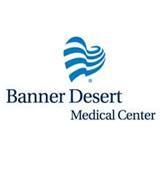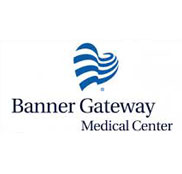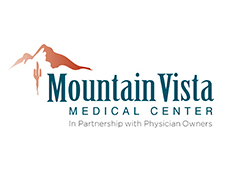What Is An Aneurysm?
Even though the arteries within your body are supposed to be able to withstand the pressure that comes with the heart’s pumping action, they can become weak. This is when aneurysms, an abnormal bulge in the artery, can form. When the artery forms this bulge, the walls of that artery become thinner which can burst at any time. The area of the body that people are the most likely to develop aneurysms are in their aortas because it is the largest artery in your body. The brain is another common area where people frequently have aneurysms develop. It is important to remember that if an aneurysm bursts, it can happen without warning. Aneurysms will cause bleeding in the area that the rupture has occurred.
What Causes an Aneurysm to form?
There are many reasons that an aneurysm can form in your body. These are the people that are at a higher risk of developing an aneurysm within their lifetime:
• Smokers are at an increased risk of developing aneurysms in the future.
• There are some children that are born with aneurysm or aneurysms can start presenting at the time of birth as well.
• People that have high blood pressure or high cholesterol levels are at an increased risk for developing aneurysms.
• People that lead a sedentary lifestyle or are obese are at a higher risk for developing aneurysms.
• If you have had an immediate family member that has died from an aneurysm, you may be at a greater risk even if you lead a healthy lifestyle.
• If you have had aneurysms in the past, you could be at a higher risk and need to keep up with routine tests to check for the development of new aneurysms.
Are there Symptoms?
There are many symptoms that can alert someone that they may have an aneurysm. The symptoms will vary depending on the exact location of the body that the aneurysm has formed. If you notice that there is a swollen mass that is throbbing in an area of the body that has an artery, you might have an aneurysm. There are several symptoms of a ruptured aneurysm which include:
• Pain
• Drop in blood pressure
• Racing heartbeat
• Feeling Lightheaded
• Throbbing in your abdomen
• Shortness of Breath
If you think that you might have a ruptured aneurysm, you need to call 911 immediately. Ruptured aneurysms will put you at an extremely high risk of death.
Can Aneurysms be Treated?
Aneurysms can be treated. The best way to treat an aneurysm is surgery. The surgery will either reinforce or repair the wall of the artery. This can prevent the artery from rupturing in the future.
There are some ways that you can reduce your risk of developing aneurysms by leading a healthy lifestyle. It is important to exercise either several times a week or daily. This will help keep your arteries strong while helping you maintain a healthy blood pressure. Make sure to have routine checkups with a cardiologist to make sure that your cholesterol and blood pressure are at healthy levels. It is always a good idea to quit smoking as soon as possible.
Looking for a Cardiologist in Phoenix? please visit – Cardiologists In Phoenix.
See Also – The Difficulty Of Diagnosing Bradycardia












Leave a Reply